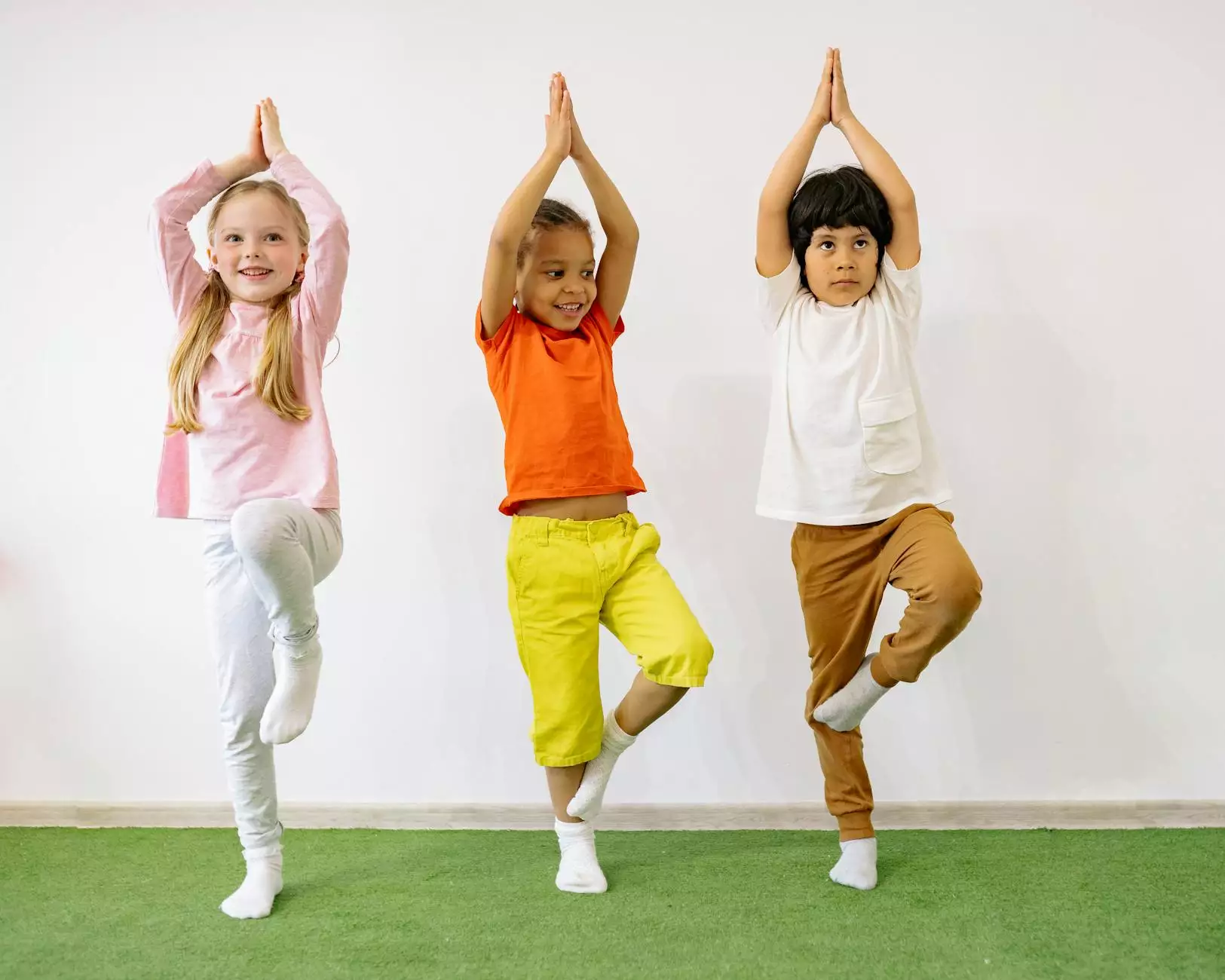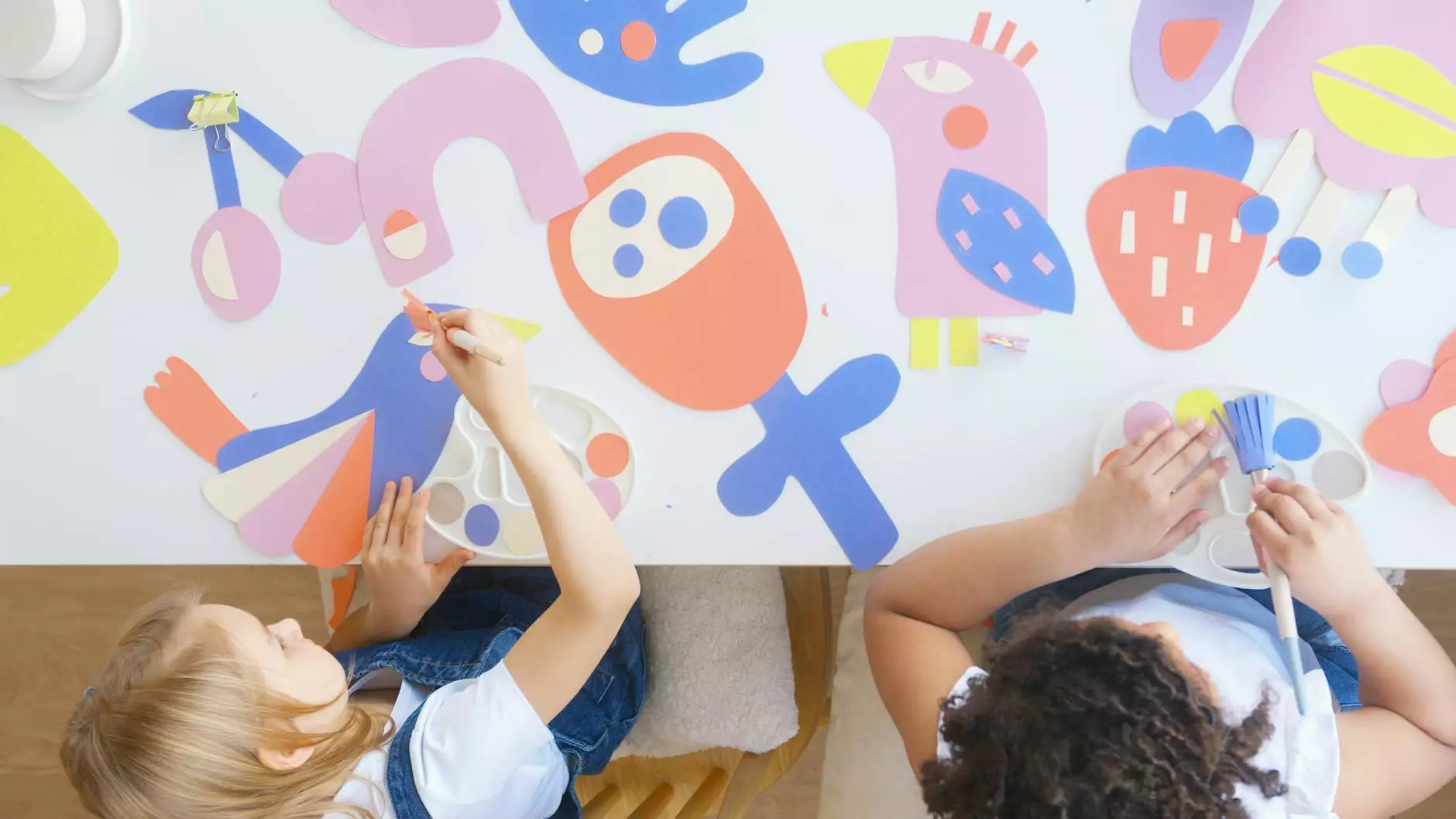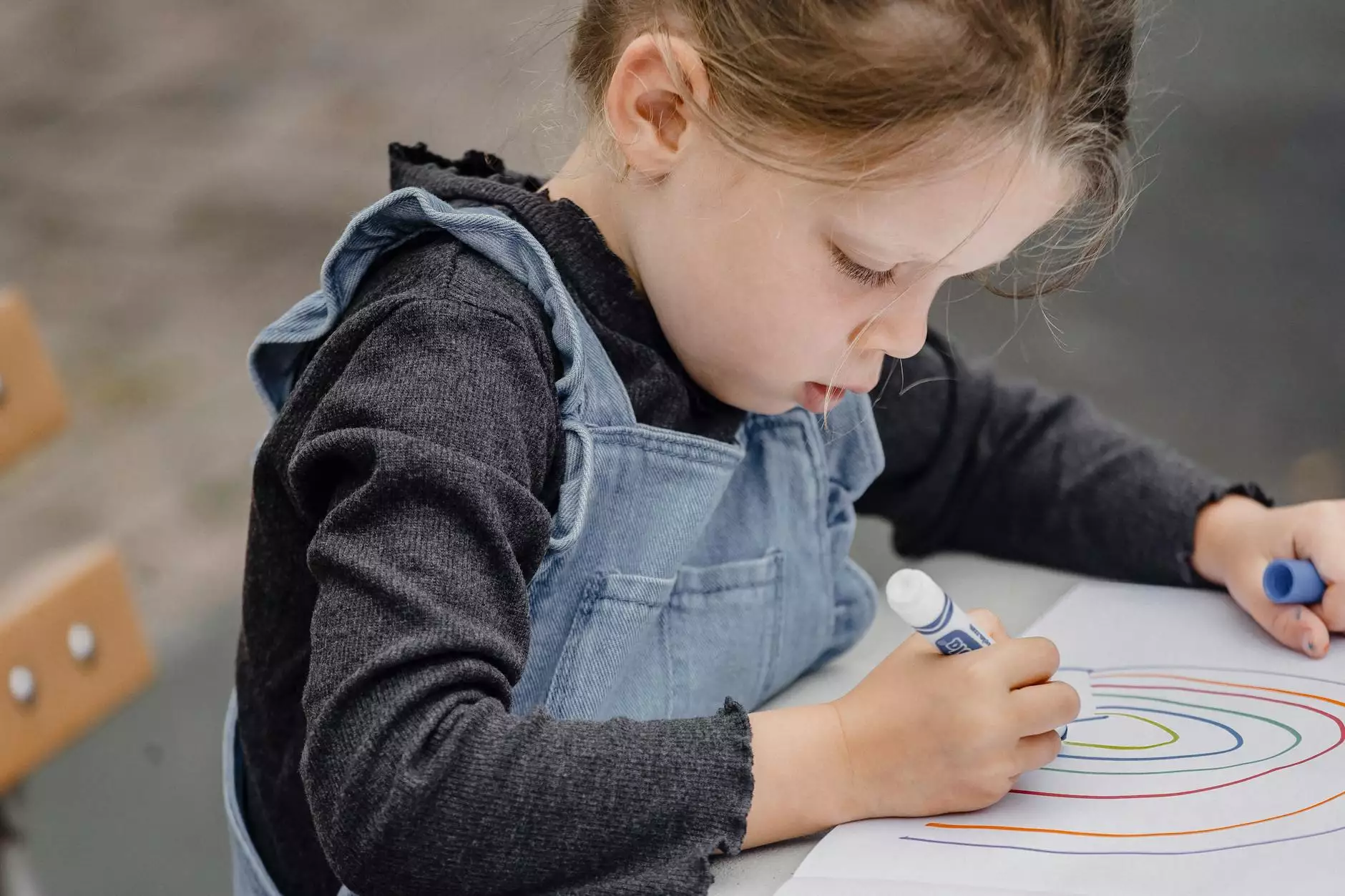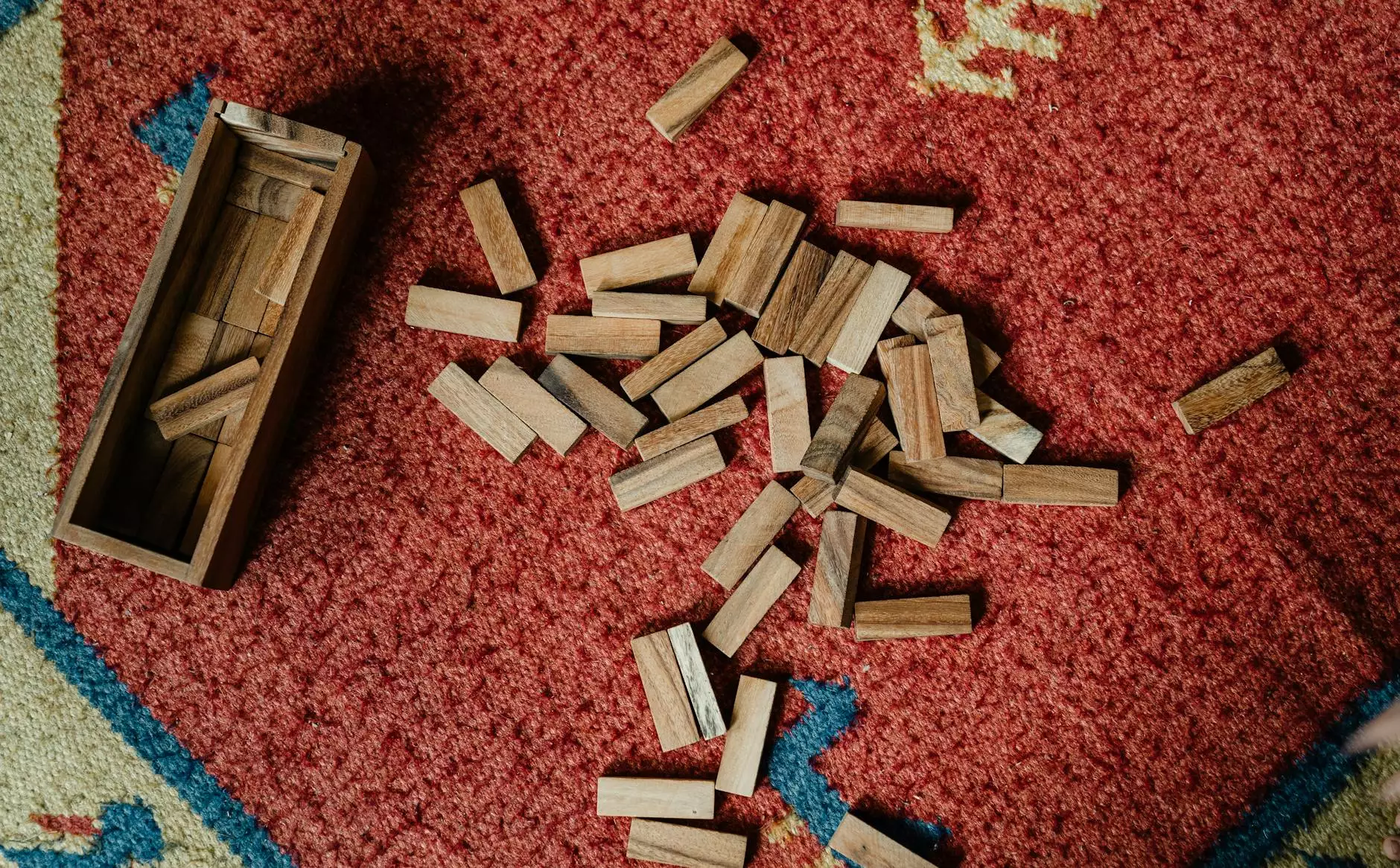Festive Sensory Bin

Introduction to the Festive Sensory Bin
Welcome to The Knowledge Nest's Festive Sensory Bin page! Here, we will explore the wonderful world of sensory play and guide you on how to create a festive sensory bin for your little ones. Whether it's during the holiday season or any other time of the year, sensory bins are a fantastic way to stimulate your child's senses and foster their overall development.
Why Sensory Play is Essential for Early Childhood Development
Sensory play significantly impacts a child's cognitive, social, and emotional growth. By engaging their senses, children develop crucial skills, including fine motor skills, hand-eye coordination, problem-solving abilities, and language and communication skills. It also promotes creativity, encourages independent exploration, and enhances concentration and focus.
The Benefits of Festive Sensory Bins
Festive sensory bins add an extra layer of excitement and engagement to sensory play. They provide a multisensory experience by incorporating various textures, colors, and scents associated with particular holidays or themes. By introducing festive elements, you can further stimulate your child's imagination and create lasting memories.
Creating Your Own Festive Sensory Bin
Now that you understand the importance of sensory play and the benefits of festive sensory bins, let's dive into how you can create your own! Follow these steps to ensure a fun and stimulating sensory experience for your little ones:
Step 1: Choose a Festive Theme
Start by selecting a festive theme that aligns with the holiday or season you are celebrating. It could be a Christmas-themed bin with red and green colors, a Halloween-themed bin with spooky elements, or an Easter-themed bin with pastel colors and eggs. Let your creativity shine and tailor it to your child's interests.
Step 2: Select Sensory Materials
Gather a variety of sensory materials that align with your chosen theme. Consider materials such as colored rice, dried leaves, faux snow, small plastic figurines, jingle bells, scented playdough, or textured fabrics. Ensure the materials are safe and age-appropriate for your child.
Step 3: Prepare the Bin
Find a large, shallow container or tray to serve as the base for your sensory bin. Fill it with one or two sensory materials at a time, creating distinct areas for exploration. You can use separate containers or dividers to organize the materials. Introduce different textures, smells, and visual elements to captivate your child's attention.
Step 4: Add Tools and Accessories
Enhance the sensory experience by including tools and accessories that encourage further exploration. Consider adding scoops, spoons, containers, tweezers, or brushes for your child to manipulate the materials. These tools not only facilitate fine motor skills but also promote hand-eye coordination and creativity.
Step 5: Encourage Sensory Exploration
Now comes the fun part! Encourage your child to engage with the sensory bin freely. Observe their reactions, listen to their descriptions, and ask open-ended questions to stimulate their language skills. Join in the play, provide guidance when needed, and embrace the messiness that comes with sensory exploration!
Join The Knowledge Nest's Community
At The Knowledge Nest, we value the importance of sensory play and its positive impact on early childhood development. Join our community of like-minded parents, educators, and caregivers to discover more enriching activities, tips, and resources. Together, we can create a nurturing environment for our children's growth.
Conclusion
Creating a festive sensory bin offers endless opportunities for learning, imagination, and sensory development. Engage your child's senses, embrace their natural curiosity, and let the magic of sensory play unfold. Get ready to witness their excitement as they explore, discover, and create cherished memories with their very own festive sensory bin.









